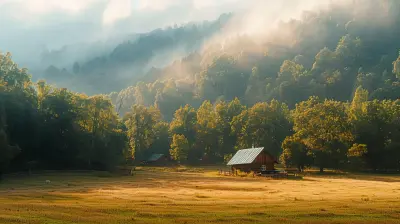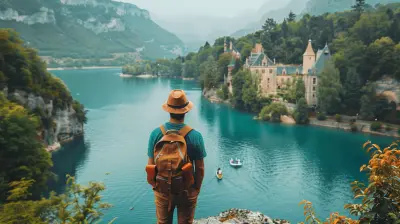Asia’s Best Wildlife Safaris and Nature Reserves
31 October 2025
Asia is a continent of contrasts. One moment you're walking through buzzing cities with neon lights and ancient temples; the next, you’re deep in the wild, surrounded by lush jungles, pristine rivers, and animals that seem like they've leapt off a National Geographic documentary. If you're a nature lover, an adventure seeker, or just someone tired of the regular tourist trail, then gear up. This guide to Asia’s best wildlife safaris and nature reserves is just the adventure you didn’t know you needed.
Let’s dive into the untamed wilderness of Asia, where nature still calls the shots.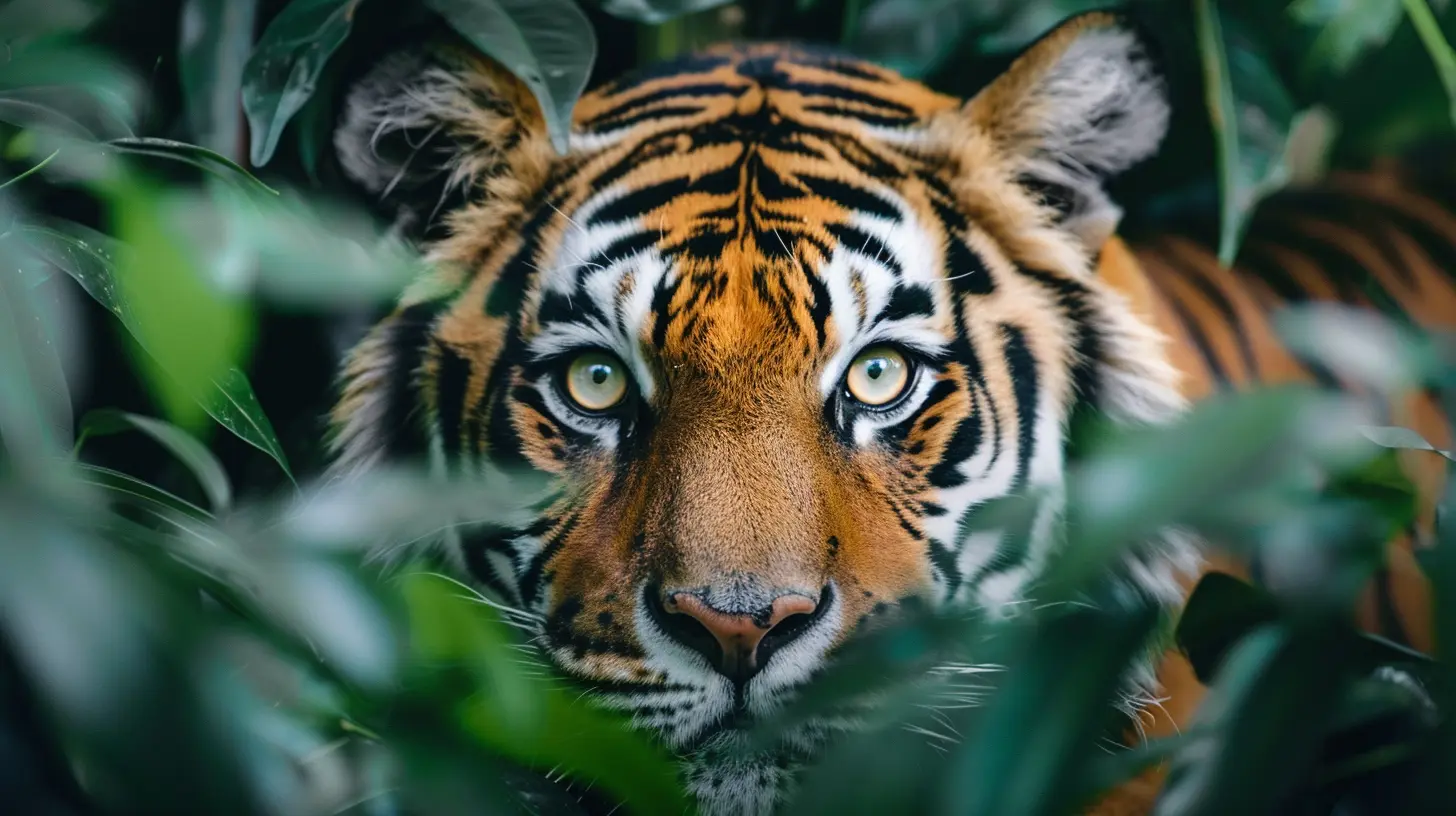
Why Asia for Wildlife Safaris?
When people think of safaris, Africa often steals the spotlight. But hear me out—Asia has its own wild side. With its sprawling rainforests, misty mountains, dense mangroves, and remote desert landscapes, it’s a sanctuary for rare and endangered species. Want to see tigers in the wild? Elephants just doing their thing? Maybe even a snow leopard if you’re lucky? Asia’s got you covered.Plus, the biodiversity here is mind-blowing. Think about it: from the Himalayas to the coral reefs of Indonesia, Asia’s ecosystems are incredibly varied—and that means more opportunities to spot wildlife in their natural habitat.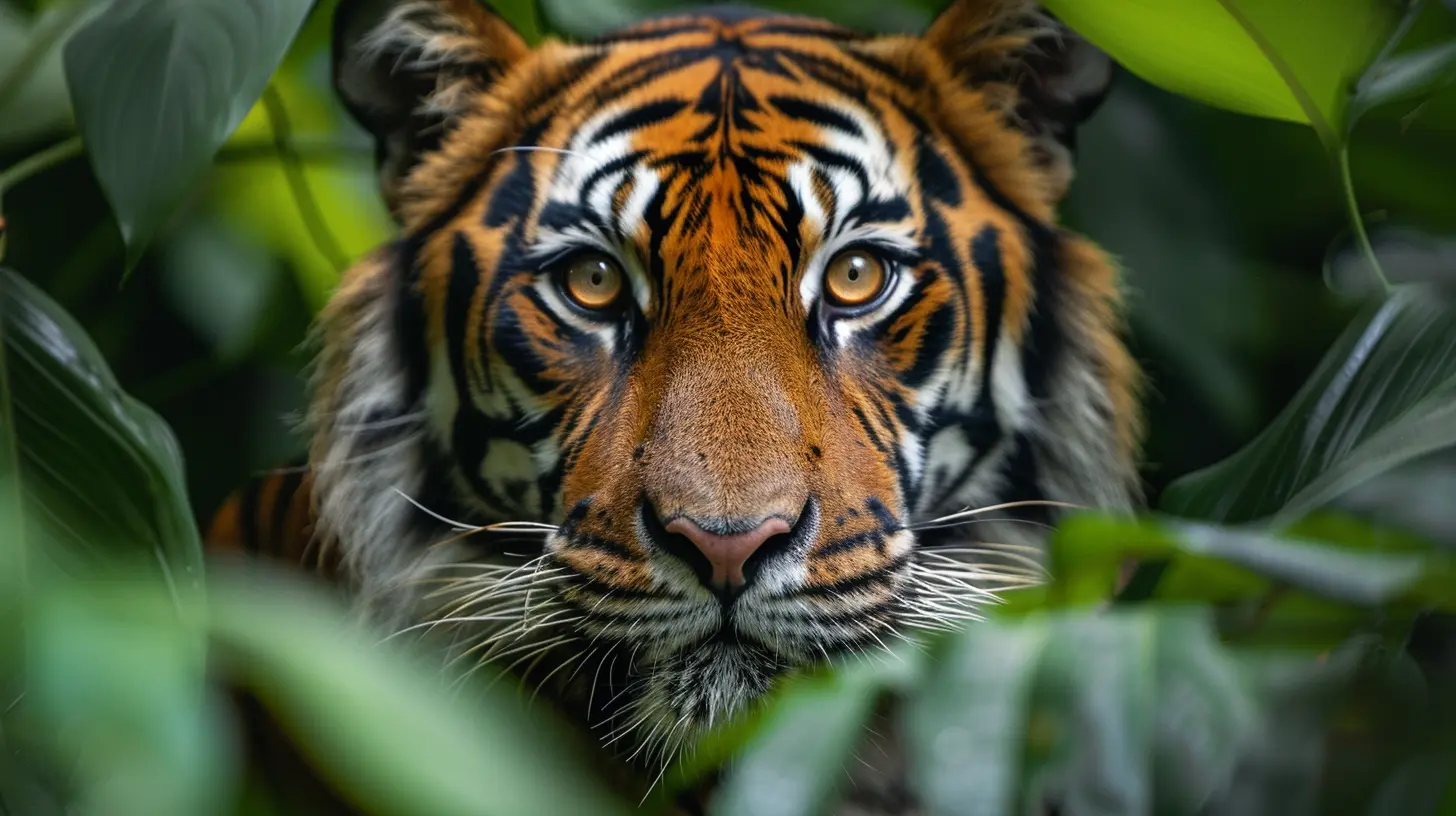
1. Jim Corbett National Park, India
The OG of Indian Safaris
Let’s kick off with a classic—Jim Corbett National Park in Uttarakhand, India. This park was the very first national park in India, established way back in 1936. It’s the real deal when it comes to tiger sightings.But it’s not just about tigers. You’ll also find a variety of wildlife like elephants, leopards, sloth bears, crocodiles, and over 600 species of birds. The park is divided into different zones, each with its own charm. Want better chances of spotting a tiger? Head to Dhikala or Bijrani.
Best Time to Visit: November to June.
Highlight: Jeep safaris along the misty Ramganga River.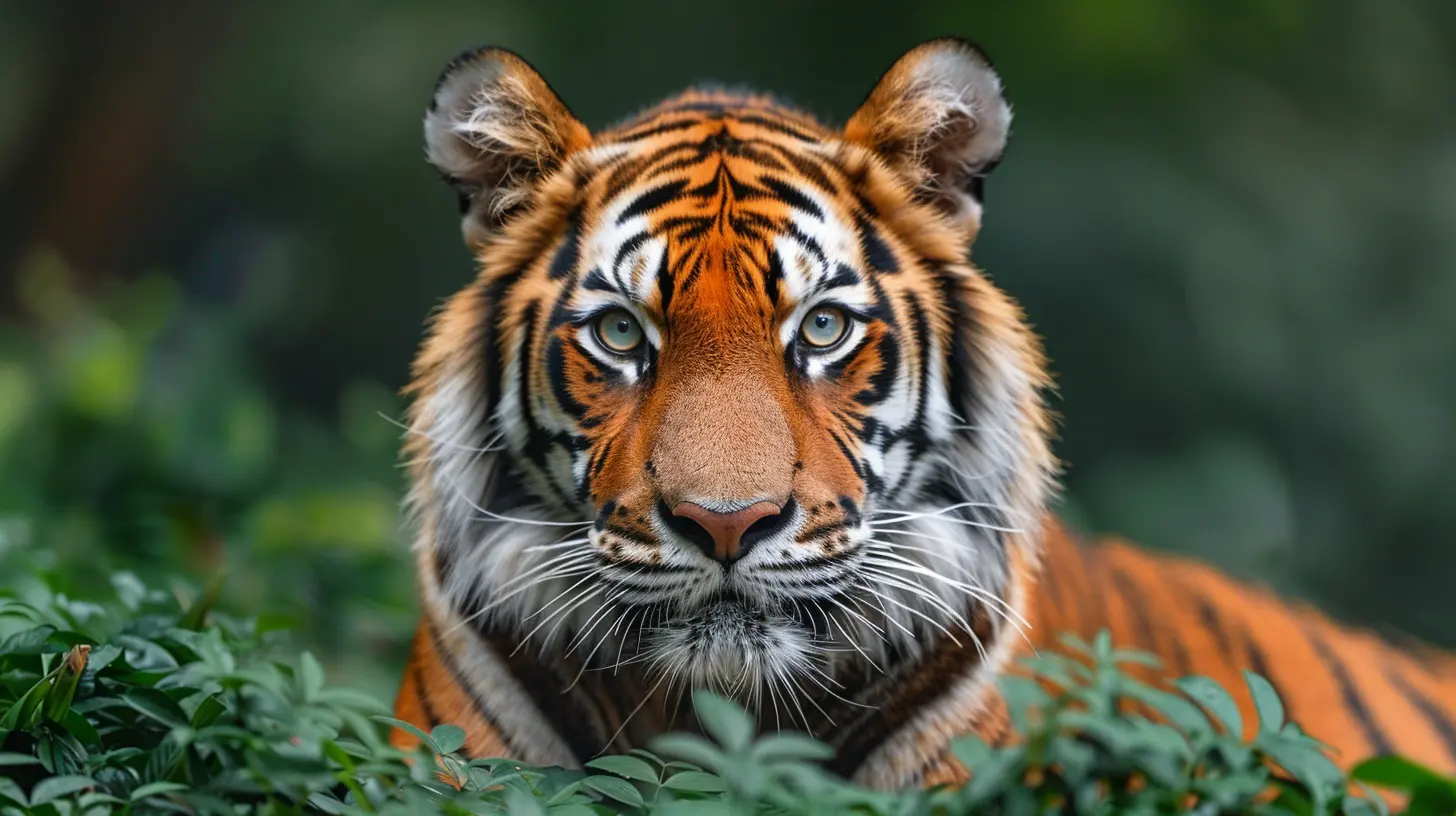
2. Yala National Park, Sri Lanka
Where Leopards Reign
Sri Lanka may be known for its beaches and culture, but wait until you step into Yala National Park. Located in the southeastern tip of the island, Yala is famous for having the highest density of leopards in the world. Yep, you heard that right.Apart from these elusive big cats, the park is home to elephants, sloth bears, crocodiles, wild boars, and lots of peacocks strutting their stuff.
Best Time to Visit: February to July when water levels are lower.
Highlight: Spotting a leopard basking on a rock under the sun.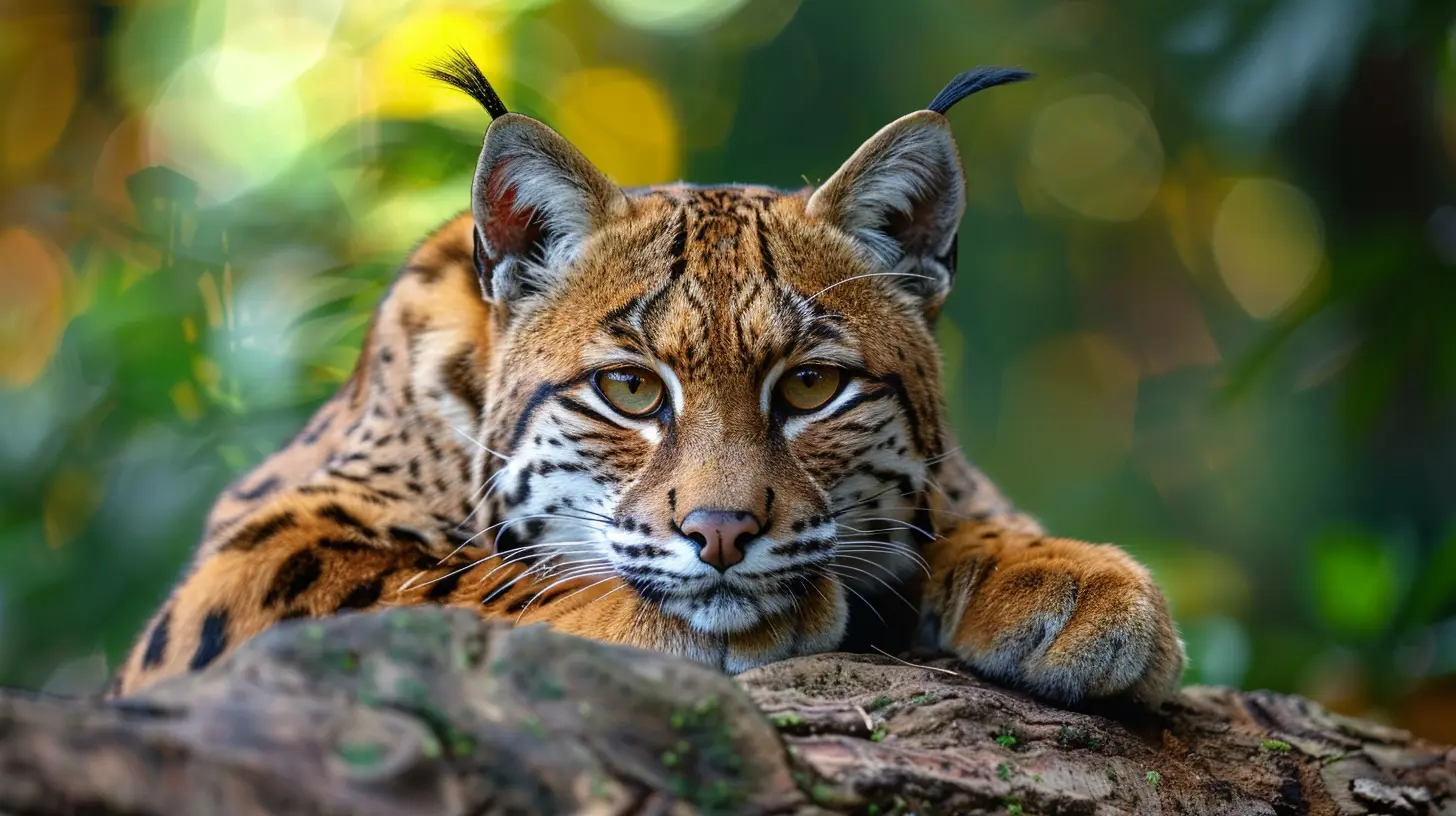
3. Borneo’s Rainforests (Malaysia & Indonesia)
The Wild Heart of Southeast Asia
Borneo isn’t a single park—it’s an entire island shared by Malaysia and Indonesia and home to some of the oldest rainforests on Earth. Want to meet orangutans in the wild? This is the place.Head to the Sepilok Orangutan Rehabilitation Centre in Sabah or the Danum Valley Conservation Area for a more immersive jungle experience. You might see pygmy elephants, clouded leopards, proboscis monkeys, and exotic birds—all while feeling like you’re on the set of a Jurassic Park sequel.
Best Time to Visit: March to October.
Highlight: Boat safaris on the Kinabatangan River—low-key the best way to see wildlife.
4. Ranthambore National Park, India
Where History Meets the Wild
Back to India for a second. Ranthambore isn’t just a wildlife sanctuary—it’s a history lesson with a dash of adventure. Imagine spotting a tiger with a centuries-old fort in the background. That’s Ranthambore for you.Situated in Rajasthan, this park is one of the best places on the planet to spot Bengal tigers in their natural environment. The landscape is rugged and dramatic—think dry forests, rocky hills, and ancient ruins scattered around.
Best Time to Visit: October to April.
Highlight: Tigers lounging near lakes and palaces—talk about royal sightings.
5. Gunung Leuser National Park, Indonesia
A Jungle That Jane Goodall Would Love
Located in the northern part of Sumatra, Gunung Leuser is one of the last places on Earth where orangutans still roam free. It’s part of the UNESCO-listed Tropical Rainforest Heritage of Sumatra and offers an authentic, off-the-beaten-path jungle experience.Besides orangutans, you might spot Sumatran tigers, rhinos, elephants, and even the elusive sun bear. The trek here isn’t a walk in the park (pun intended), but it’s 100% worth the effort.
Best Time to Visit: June to September.
Highlight: Trekking through dense rainforest and camping under the stars.
6. Kaziranga National Park, India
The Land of the One-Horned Rhino
Kaziranga isn’t just another national park—it’s a conservation success story. Located in Assam, this UNESCO World Heritage Site is home to two-thirds of the world’s one-horned rhinoceroses.You can also see wild water buffaloes, elephants, and swamp deer here. And don’t underestimate the birding potential—migratory birds love this place.
Best Time to Visit: November to April.
Highlight: Elephant-back safaris that take you up close to the mighty rhinos.
7. Chitwan National Park, Nepal
Nepal Beyond the Mountains
When you think Nepal, you probably picture snowy peaks and mountaineers. But head to the south, and you’ll find Chitwan National Park—a lush lowland filled with wildlife.This UNESCO World Heritage Site is one of the best wildlife-viewing spots in Asia. Think rhinos, elephants, leopards, and even the elusive Bengal tiger. You might also spot gharials—those snout-nosed crocodiles—and a vibrant collection of butterflies and birds.
Best Time to Visit: October to March.
Highlight: Canoe rides down the Rapti River while birds and crocs lounge nearby.
8. Sundarbans National Park, India & Bangladesh
The Mangrove Maze
This place is wild in every sense of the word. The Sundarbans is the largest mangrove forest in the world, stretching between India and Bangladesh. It's also where the Royal Bengal Tiger rules the waterways.The landscape here is unlike anything else—tangled roots, swampy waters, and thick humidity. But that adds to the thrill. Tigers in the Sundarbans are notoriously elusive and have even learned to swim from island to island.
Best Time to Visit: December to February.
Highlight: Boat safaris through the mangrove labyrinth, where every turn could lead to a tiger sighting.
9. Phu Kradueng National Park, Thailand
Mountain Magic for the Trekking Enthusiast
Looking for something a bit different? Phu Kradueng in Thailand is more about trekking through pine forests and scenic cliff views, but don’t let the chilled-out vibe fool you—it’s still very wild.You might run into barking deer, macaques, wild boars, and even elephants during your hike. The cooler weather and high elevation make it a refreshing stop for nature lovers who enjoy a good walk in the woods.
Best Time to Visit: October to February.
Highlight: Climbing early to watch the sunrise over a sea of mist.
10. Jigme Dorji National Park, Bhutan
High-Altitude Heaven
Let’s wrap it up with something truly unique. Jigme Dorji is Bhutan’s largest national park and one of the most beautiful protected areas in the Himalayas. The park varies dramatically in altitude—from 1,400 meters to over 7,000 meters above sea level.What does that mean? A ridiculous range of biodiversity. Snow leopards, blue sheep, red pandas, Himalayan black bears—you name it. Plus, the sense of peace and spiritual serenity in Bhutan just makes the trip extra special.
Best Time to Visit: March to May, and September to November.
Highlight: Spotting wildlife with the snowy peaks of the Himalayas as your backdrop. Epic doesn’t even begin to cover it.
Tips for a Better Safari Experience in Asia
Alright, planning your wild escape? Here are a few things to keep in mind:- Be Patient: Wildlife doesn’t operate on your schedule. Just relax and enjoy the ride.
- Choose Ethical Operators: Always, always go for eco-friendly and responsible safari operators.
- Go Local: Hire local guides—they know the land, the animals, and the myths that add magic to your trip.
- Pack Smart: Binoculars, camera, neutral-colored clothes, and mosquito repellent are your best friends.
- Respect Nature: Keep your distance, stay quiet, and never leave trash behind.
Final Thoughts
Asia’s wildlife safaris and nature reserves might not get as much attention as Africa’s, but trust me—once you step into any of these places, you’ll wonder why you didn’t come sooner. From the roar of a tiger echoing through the jungle to the quiet rustle of leaves as an orangutan swings overhead, every moment feels like a scene from a dream.So, what are you waiting for? Pack your bags, charge your camera, and get ready to experience the wild side of Asia.
all images in this post were generated using AI tools
Category:
Asia TravelAuthor:

Kelly Hall
Discussion
rate this article
1 comments
Holly McDougal
Pack your bags and grab your binoculars! Asia’s wildlife safaris are like nature's amusement parks—full of thrilling encounters and breathtaking views. From tigers to elephants, get ready for a wild adventure that’s sure to be unforgettable!
October 31, 2025 at 6:00 PM

Kelly Hall
Absolutely! Asia's wildlife safaris offer incredible experiences that connect us with nature in unforgettable ways. Get ready for an adventure!
